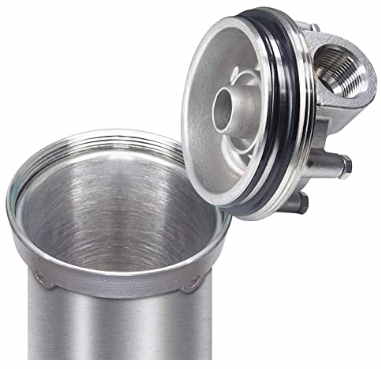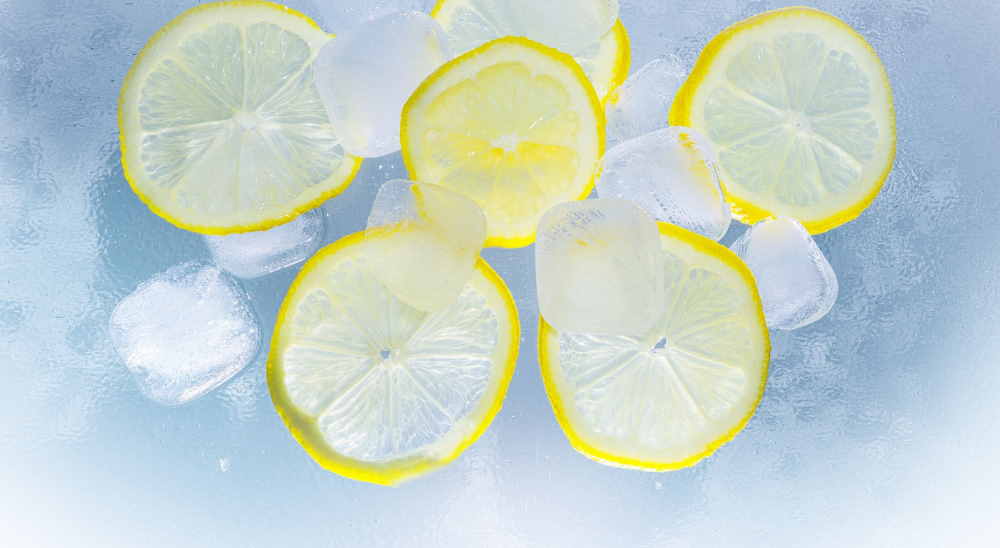Soft water is water that has a low concentration of dissolved minerals, particularly calcium and magnesium ions. These minerals are responsible for making water “hard,” which can cause problems such as leaving soap scum on surfaces, clogging pipes, and reducing the effectiveness of detergents.
So, what about soft water? Is it safe to drink, and what is the difference between soft water and hard water?
Soft water, on the other hand, is more easily able to lather with soap and detergents and is less likely to cause scale buildup in pipes and appliances. Soft water can occur naturally in areas with low mineral content, or it can be created through various water treatment methods such as ion exchange, reverse osmosis, or distillation.
Is it safe to drink soft water?
Yes, soft water is safe to drink. In fact, many people prefer the taste of soft water because it does not have the mineral taste or odor that can be present in hard water. Soft water is also less likely to cause mineral buildup in your body, which can lead to kidney stones and other health issues associated with hard water.
However, it’s important to note that some water treatment methods used to create soft water, such as ion exchange, can add sodium to the water. While this sodium level is generally not harmful to most people, individuals on low-sodium diets may need to take this into account when drinking soft water. It’s always a good idea to have your water tested and consult with a water treatment professional to ensure that your water is safe and healthy to drink.
What is the difference between hard water and soft water?
The main difference between hard water and soft water is the mineral content in each type of water. Hard water has a high concentration of dissolved minerals, particularly calcium and magnesium ions, while soft water has a low concentration of these minerals.
Here are some of the key differences between hard water and soft water:
- Mineral content: As mentioned, hard water has high levels of calcium and magnesium ions, while soft water has low levels.
- Lather: Soft water lathers more easily with soap and detergents, while hard water creates soap scum that can leave a residue on surfaces and reduce the effectiveness of cleaning products.
- Scale buildup: Hard water can cause scale buildup in pipes, appliances, and other fixtures, which can lead to reduced water flow and efficiency. Soft water does not cause scale buildup.
- Taste and odor: Hard water can have a mineral taste or odor, while soft water generally has a cleaner taste and odor.
- Health effects: While hard water is generally safe to drink, the minerals in hard water can contribute to certain health issues such as kidney stones. Soft water does not have this same risk.
Overall, while both hard and soft water can be used for most household applications, many people prefer soft water for its easier lathering and lack of mineral buildup in pipes and fixtures.
What is a water softener?
A water softener is a device that removes minerals, such as calcium and magnesium, from hard water to make it soft. The process of water softening typically involves a process called ion exchange, which replaces the minerals in hard water with sodium ions.

This water softener uses a 3/4″ FNPT stainless steel thread and treats water without adding sodium or phosphorus. It has an effective rate of up to 95-98%, and there is no need to spend time on routine maintenance such as programming, salting, and backwashing.
A typical water softener system consists of a resin tank, a control valve, and a brine tank. The resin tank contains a bed of resin beads that are charged with sodium ions. When hard water flows through the resin bed, the calcium and magnesium ions are attracted to the resin beads, and the sodium ions are released in their place. This process effectively removes the minerals that cause hard water.
The control valve is responsible for regulating the flow of water through the system, while the brine tank contains a concentrated solution of salt water that is used to regenerate the resin beads periodically. During regeneration, the control valve directs the flow of brine water through the resin tank, which flushes out the calcium and magnesium ions that have accumulated on the resin beads and replaces them with fresh sodium ions.
Water softeners can be purchased as standalone units that are installed at the point of entry to a home’s water supply, or as smaller units that are installed at the point of use for specific appliances or fixtures. Regular maintenance and periodic regeneration are necessary to keep the system functioning properly and to prevent the buildup of excess sodium in the water.
Conclusion
In conclusion, a water softener is a device that removes minerals, such as calcium and magnesium, from hard water to make it soft. The process typically involves ion exchange, where sodium ions replace the minerals in hard water. This makes water easier to lather, reduces scale buildup, and improves taste and odor. Water softeners can be installed at the point of entry or at the point of use, and regular maintenance is necessary to ensure the proper functioning and prevent the buildup of excess sodium.
